Facts and figures
Learn more about the mammals that roam Britain by browsing our fact files via the links below.
Estimates of population sizes are taken from the Mammal Society’s 2018 report, ‘A Review of the Population and Conservation Status of British Mammals: Technical Summary’. There are eleven mammal species (either native or naturalised) that are at risk of extinction in Britain as assessed by IUCN Red List criteria. These are classified as: Critically Endangered (CR), Endangered (EN), or Vulnerable (VU), with those Critically Endangered being at highest risk, and collectively are referred to as Threatened. Four others are classified as Near Threatened (NT).
-

Whales and dolphins
Cetaceans are a group of marine mammals that breathe air and are adapted to life in the water.
-
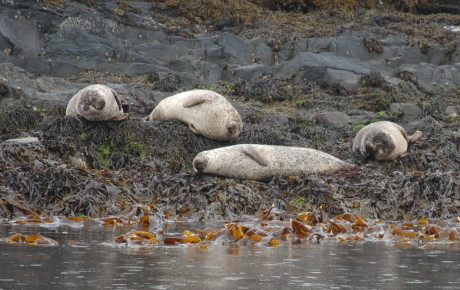
Seals
This group is highly adapted to life in the water and are known as pinnipeds meaning 'flap-footed'.
-
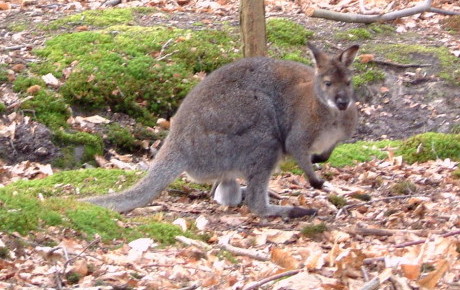
Marsupials
Meaning 'pouched-one' only one species is found in the UK- the red-necked wallaby.
-
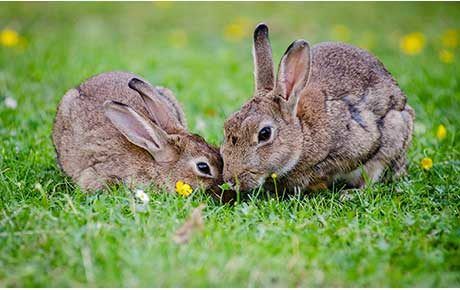
Rabbits and hares
These herbivores are also known as lagomorphs. There are three species in the UK.
-
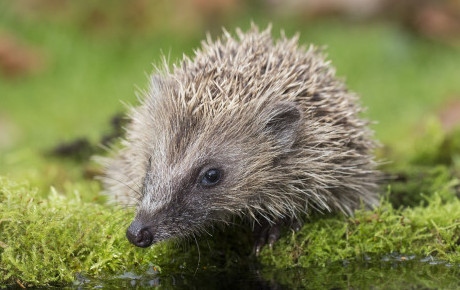
Shrews, moles and hedgehogs
Small, mostly nocturnal mammals that feed mainly on insects and are known as insectivores.
-
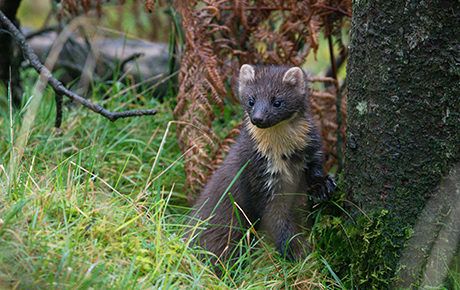
Carnivores
Predators with teeth adapted to eat meat. Nine species live in the UK and another three are now extinct.
-
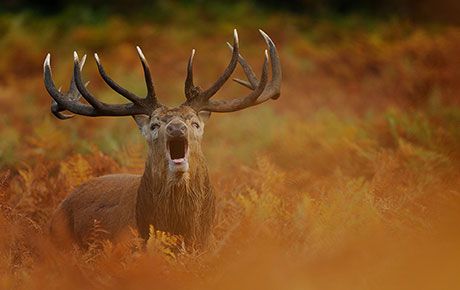
Deer and wild boar
These even-toed ungulates are large plant eating mammals that walk on two-hoofed toes.
-
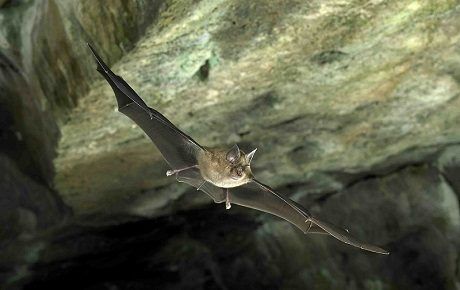
Bats
18 species make up a third of all wild mammals in Britain. Bats are our the only truly flying mammals.
-

Rodents
Mammals with distinctive front teeth, of which there are 15 species in Britain, eight being native.
